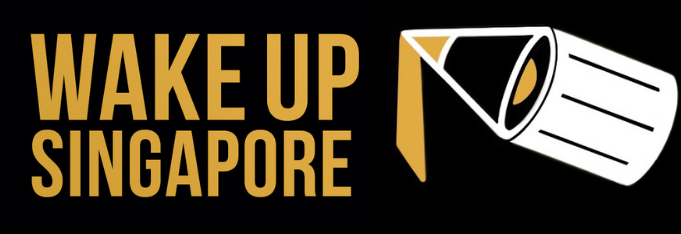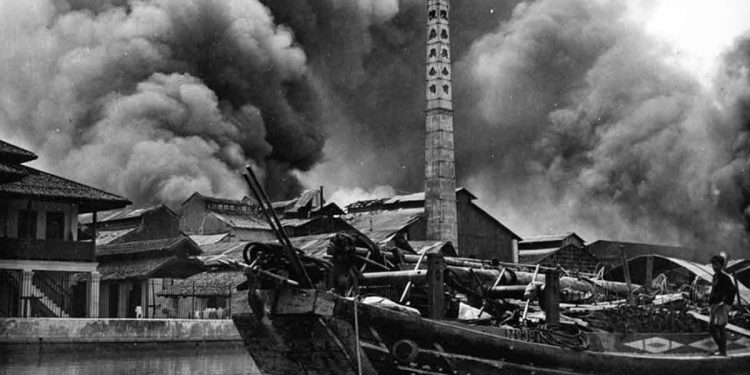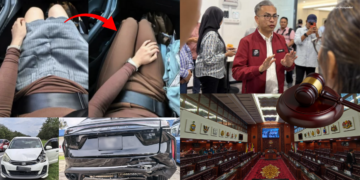Malaysian Prime Minister Muhyiddin Yassin announced on Monday night (March 16) drastic measures to restrict movement nationwide, starting from March 18 until 31, in a bid to stem the steep rise in coronavirus cases.
“The government has decided to implement a movement control order, starting March 18, 2020, that is, the day after tomorrow until March 31, 2020, nationwide,” he said in an address to the nation telecast live.
“I hope that you will be patient in facing this challenge. Do not panic, do not be anxious, and stay calm. I believe that with these measures by the government, we will be able to combat the spread of this outbreak soon.”
Beginning March 18, Malaysia will bar entry to the country for all foreigners and exit for all Malaysians. This announcement effectively shuts Singapore’s sole land border.
Within hours of Malaysia’s announcement, thousands of Singaporeans took to supermarkets to stock up on groceries and essential items.

Invasion of Singapore
The last time Singapore was cut off from Malaysia for an extended period of time was World War 2.
The last Allied military troops crossed the Johore Straits and withdrew to Singapore via the Causeway on January 31 1942, after losing the Malayan mainland to the Japanese.
Allied military engineers then proceeded to blow up the Causeway in an attempt to slow down the Japanese troops’ advance to Singapore. However, the Japanese repaired the damage and crossed the Causeway into Singapore on 9 February 1942.
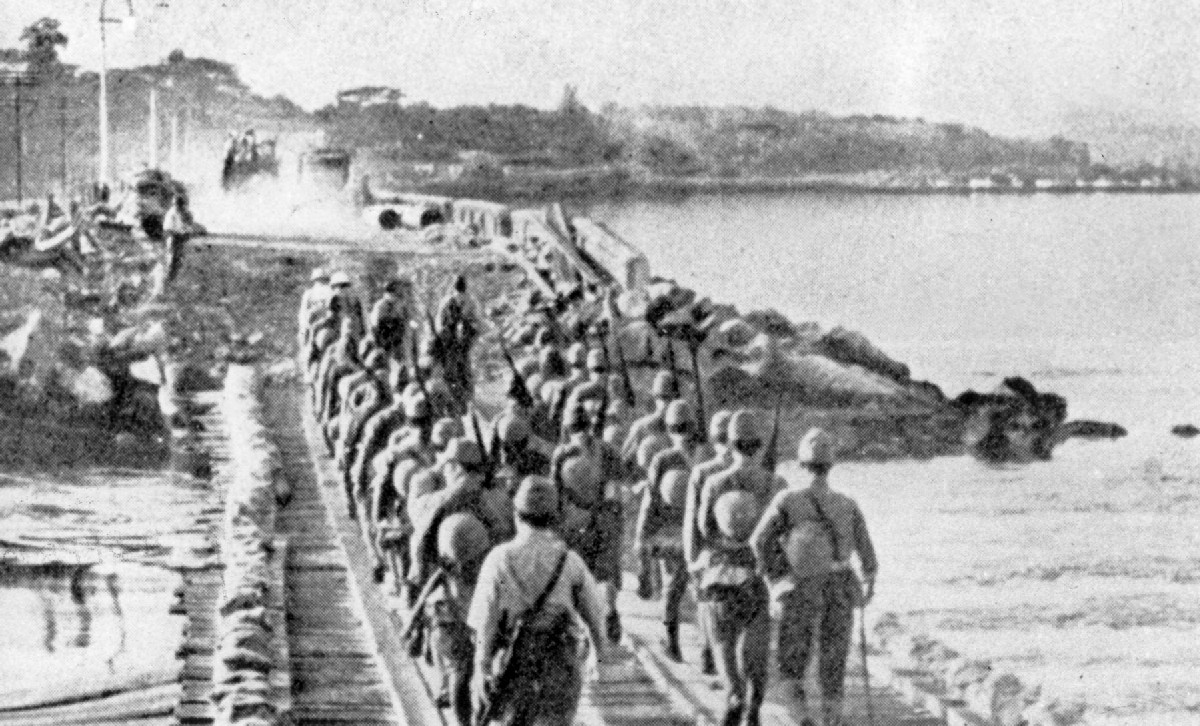
Yamashita’s troops were highly-trained, they only numbered around 30,000. Percival, on the other hand, had about 85,000 men in Singapore, 15,000 of whom were non-combatants. Despite the numerical advantage, “Fortress Singapore” was ill-prepared for the Japanese onslaught.
By then, Singapore was running low on food, supplies, water and ammunition. The Japanese exacerbated the already dire situation by bombing Singapore’s water mains and supply lines with artillery and from the air.
On February 15, Allied commander General Percival sent his last telegram to General Wavell, Commander-in-Chief of ABDACOM (American-British-Dutch-Australian Command).
“Owing to losses from enemy action, water, petrol, food, and ammunition practically finished. Unable therefore to continue the fight any longer. All ranks have done their best and are grateful for your help.”
That day, the garrison defending Singapore unconditionally surrendered to General Yamashita; it was only a week after the invasion of Singapore had begun.
Singapore today
Singapore in 2020 is far better-prepared than it was in 1942.
In addition to building up the inventory of food and essential supplies, Singapore also has a robust multi-pronged strategy that ensures the country does not run out of essentials.
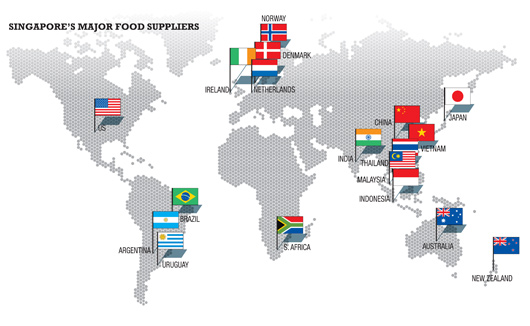
Singapore has also strengthened its water resilience over the decades, with a robust and diversified supply of water known as the ‘Four National Taps’. Our water supply comprises:
(1) Water from Local Catchment
(2) Imported Water
(3) highly-purified reclaimed water known as NEWater
(4) Desalinated Water
No need to panic

Minister for Trade and Industry Chan Chun Sing tried to allay fears of a food and water shortage. Singapore is not facing immediate risks of running out of food or essential supplies, said Mr Chan.
“The Government has been actively working with essential firms such as NTUC Fairprice, Sheng Siong and Dairy Farm International to increase our stock of food and essential supplies over the last two months,” said Mr Chan in a Facebook post.
He also urged people to “purchase in a responsible manner and to purchase only what you need”.
